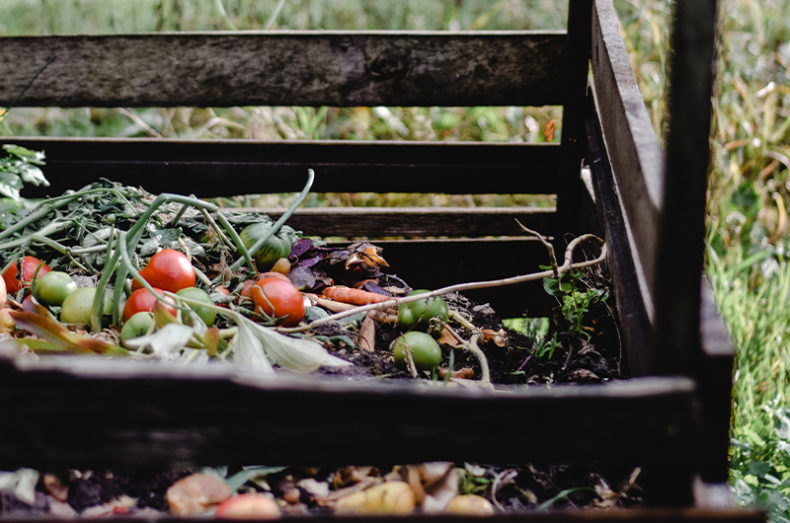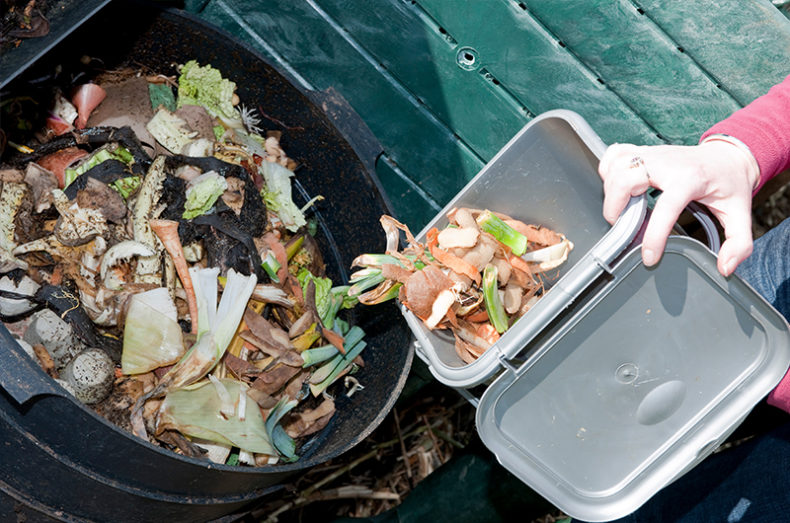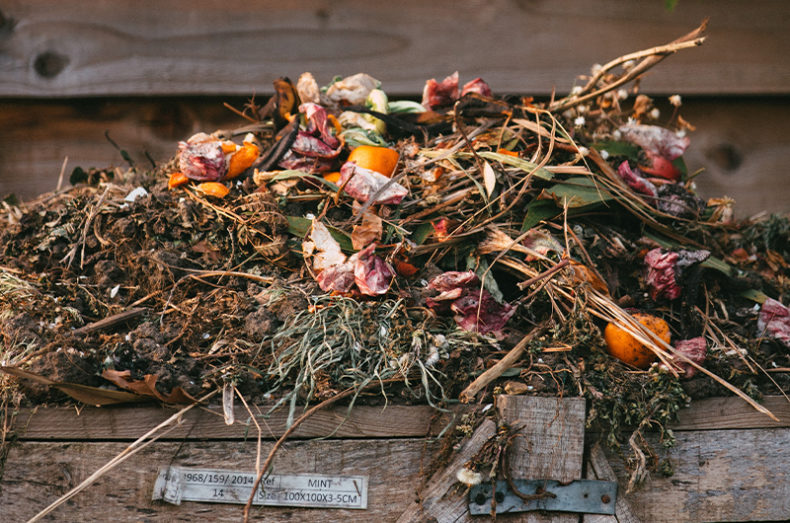Step 1: Choosing a site for your compost bin
It is best to site your compost bin in a sunny spot, as the sun helps to increase the temperature so micro-organisms (bacteria and fungi) can thrive. If you have to place your compost bin on concrete, tarmac or patio slabs ensure there’s a layer of paper and twigs or existing compost on the bottom. Finally, choose a site where you can easily add ingredients to the bin and get the compost out.
Step 2: Achieving the right balance of material
Achieving the correct balance of wet and dry ingredients, sometimes known as ‘greens’ and ‘browns’, is essential to creating the best compost. Aim for 25 to 50 per cent of wet ingredients with the remainder being dry ingredients. Be sure not to include cooked food, especially meat and fish as they can attract vermin.



